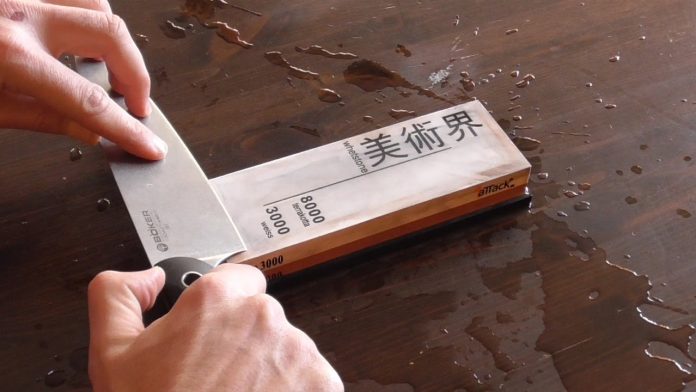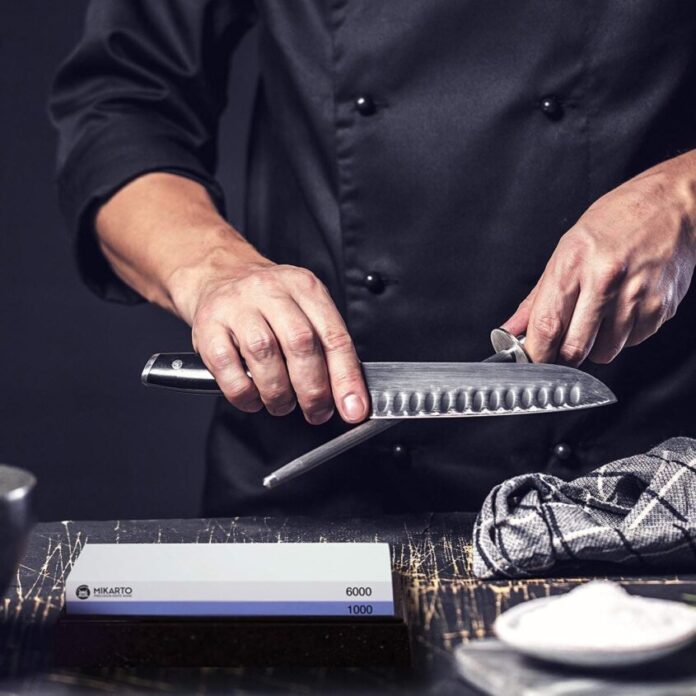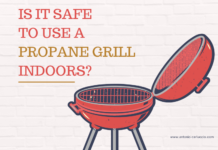
If you are spending most of your day in the kitchen chances are the essentials you are using will wear off during the course of time. And among all kitchenware knives could be the most important – you use these for chopping, slicing, cutting and even spreading (butter,etc.); that is why having a good and sharp set of knives at any time is a must. On the other hand, if you do a lot of DIY work your tools might get blunt as well.
In both of these cases, people would usually opt for electric sharpeners thinking that these are the best option. But on the contrary, an electric sharpener can damage your knife/tool which isn’t something that you want. Sharpening stones, on the other hand, will provide an excellent service and the edges will be brand new.
Without further ado let’s go ahead and check out why you should use sharpening stones over the electric sharpeners!

Why Are Sharpening Stones Your Best Bet
Now, first and foremost let’s discuss the electric sharpeners as a more popular and common option. Buying an electric sharpener is a more expensive choice than if you would go for sharpening stones. Along with that, these are known to be quite bulky so one sharpener can take a lot of space in your kitchen which isn’t something you would want. And last but not least though it is easier to use than manual sharpening it might not be as effective. What do we mean? Well, when you press hard into the slots of an electric sharpener you can damage your knife or a tool and turn the once good knives into unusable pieces of kitchen equipment.
On the other hand, a whetstone sharpener is a much cheaper option and it is more durable as well. Manually sharpening using a whetstone with prolong the durability of your life and you are sure to end up with a piece that looks just like brand new.
Different Types Of Whetstones
1. A stone with a grit number below 1000 is the so-called low-grit stone. It is perfect for blunt knives and tools and usually has two sides – one for sharpening and the other one for removing chips or nicks from blades. Though the process takes some time you are sure to have great results in the end!
2. Stones between 1000 and 3000 grit number are medium-grit stones and are considered the best when it comes to regular sharpening and recovering of blunt edges. Still, don’t use this stone unless necessary as it is not as coarse as the low-grit one.
3. Last but not least are the so-called finishing high-grit stones that give you the perfect edge for your meat cutting (4000-6000) or vegetable cutting knife (8000).
How To Use These Properly
It is pretty simple and there are just a few things you need – a whetstone and a knife/tool that needs sharpening. The stone is usually made out of abrasive material and the principle is that the softer the stone is the easier it will wear off.

As of the sharpening process, you move the knife across the stone, removing steel and revealing a new and a sharpened edge. It takes some time but you end up with great results. Once you see that the stone isn’t a course it is time to replace it and get a new one!
Summary
When it comes to sharpening knives and tools people usually go for the more modern and less demanding electric sharpener. Still, a whetstone is more efficient and safer for the pieces of equipment that you are trying to refurbish. Sharpening stones are also cheaper and prolong the durability of your knives, and though an old school method it still outweighs the new ways!











